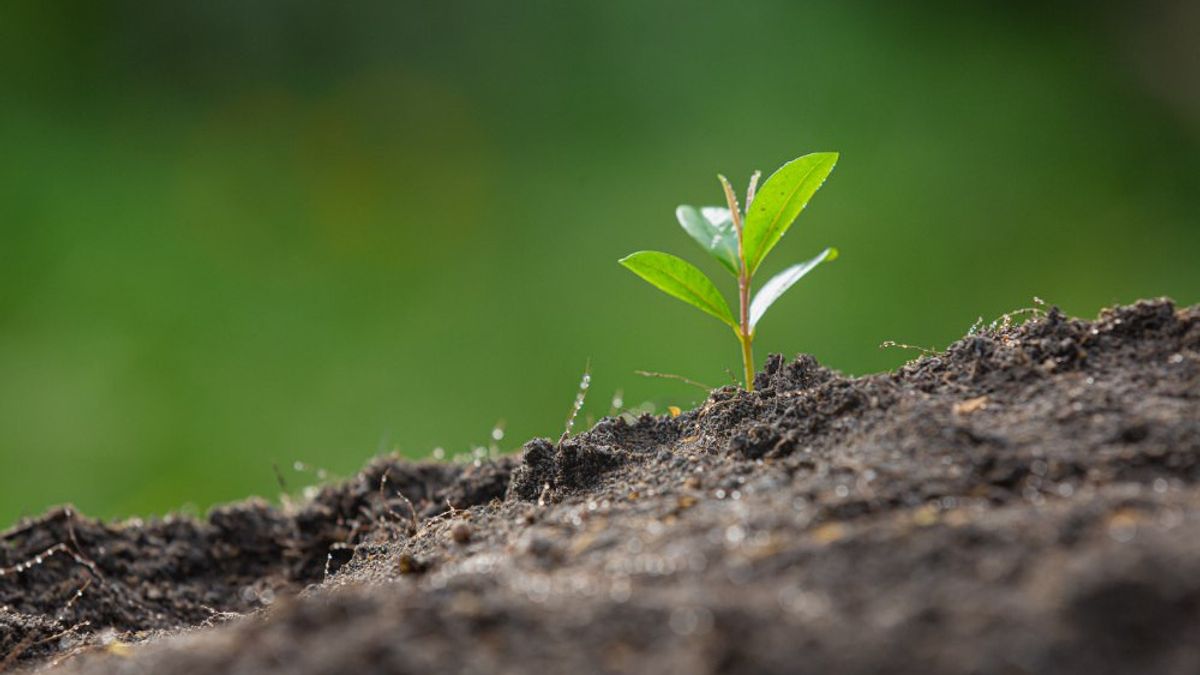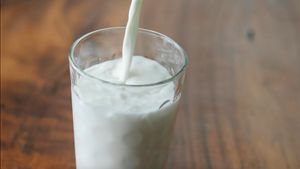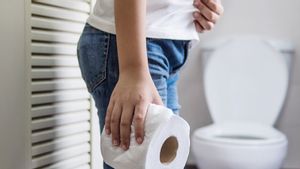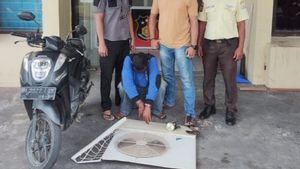YOGYAKARTA - Plants can grow and live well influenced by several factors, including soil quality. Soil is one of the main components that determines the life of plants from seeds to becoming adults and flowering or fruitful. So what are the conditions for soil that are good for plant life?
As a growing medium, the soil provides the nutrients, water, and air needed by plants to survive and develop optimally. However, not all soil can be used as a good place to live for plants.
There are several important conditions that must be met by the soil so that plants can thrive and be healthy. Let's see what are the conditions for soil that are good for plant life so as not to die, wither, or grow badly.
Good soil criteria for plant life can be seen from several elements, ranging from textures, nutrients, soil pH, and so on. The following are the conditions for good soil to plant plants so that they can develop optimally and thrive.
The soil texture refers to the comparison of sand particles, dust, and soil clay. Good soil for plants generally has a texture of sandy clay or sandy clay. This type of soil has good ability to withstand water as well as to have good drainage so as not to be inundated.
Good soil must be rich in the nutrients needed by plants. The nutrients are divided into two types, namely:
The balanced content of nutrients will help plants grow faster, producing healthy flowers, fruit, and leaves. Fertile soil usually contains a high content of organic materials, such as humus, which originates from plant and animal remains.
soil pH is a level of acidity or soil roughness that affects the ability of plants to absorb nutrients. Generally, the ideal soil pH for most plants ranges from 6 to 7 or neutral to slightly acidic.
PH arrangements can be made by adding natural ingredients such as dolomite to increase pH or sulfate fertilizer to reduce soil pH.
A good soil structure is characterized by small clumps that are easily broken down and have pores for air and water circulation. Good soil structures allow plant roots to grow freely, absorb nutrients, and support plant stability.
Drainage is the ability of soil to absorb and drain water. Soil that has good drainage will prevent water from stagnant around plant roots. Water puddles can cause roots to rot and dead plants. To repair drainage, soil can be mixed with sand or organic materials to make more pores.
Organic materials such as humus and compost play an important role in increasing soil fertility. This material helps improve soil structure, increases water resistance capacity, and provides important nutrients for plants. Soil with high organic content is usually dark and loose.
Air circulation in the soil is essential to support the root respiration and microorganism activity. Fertile soil with good pores allows oxygen to enter and carbon dioxide to come in. Solid and hard soil will inhibit air circulation and disrupt the growth process of plants.
Good soil must be free from pathogens, such as fungi, bacteria, and nematodes that can damage roots and plants. In addition, the soil must be free from weeds that compete with the main plants in absorbing nutrients.
Those are some of the soil requirements that are good for plant life that you need to understand. By understanding these conditions, we can manage the soil optimally so that plants can thrive and produce optimally. Also, how often do you need to replace the soil of ornamental plants in pots.
BACA JUGA:
Stay up to date with the latest domestic and other overseas news on VOI. We present the latest and updated information nationally and internationally.
The English, Chinese, Japanese, Arabic, and French versions are automatically generated by the AI. So there may still be inaccuracies in translating, please always see Indonesian as our main language. (system supported by DigitalSiber.id)














